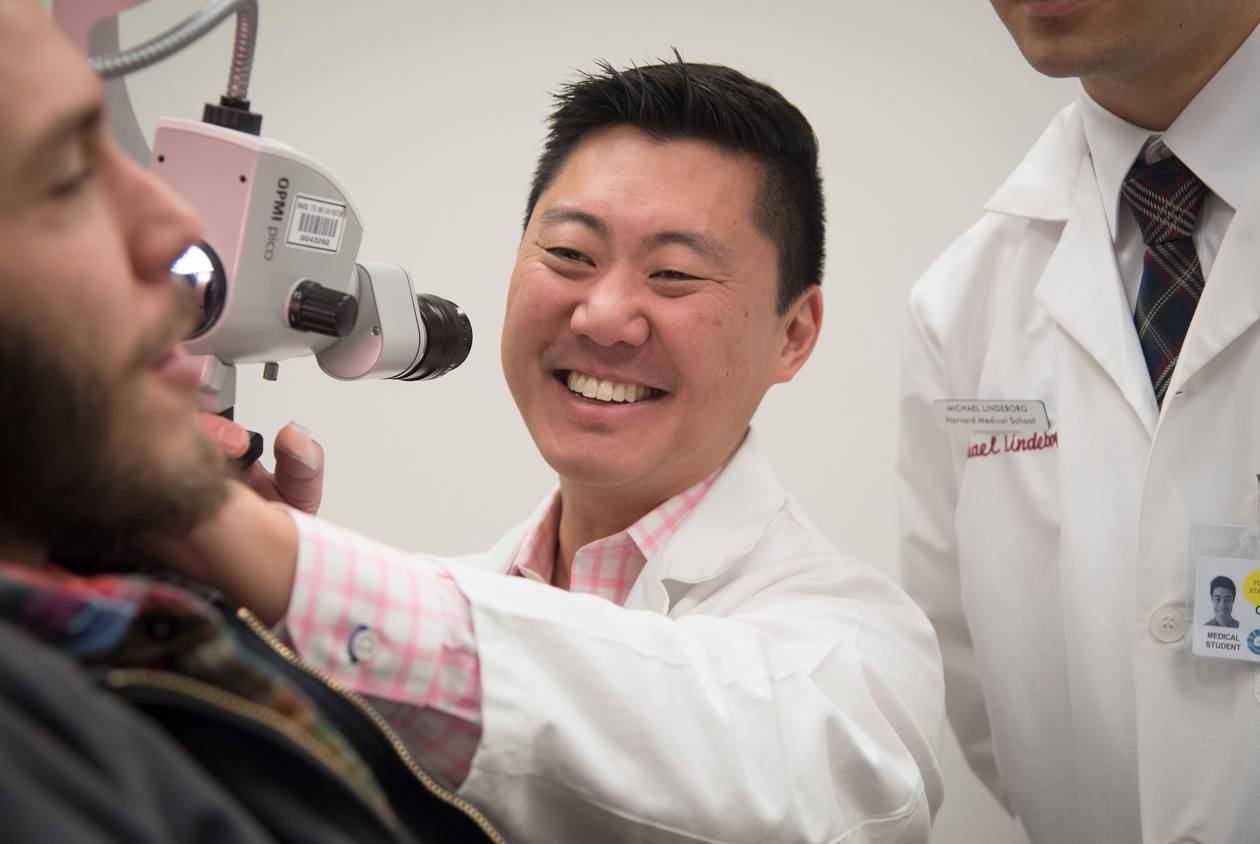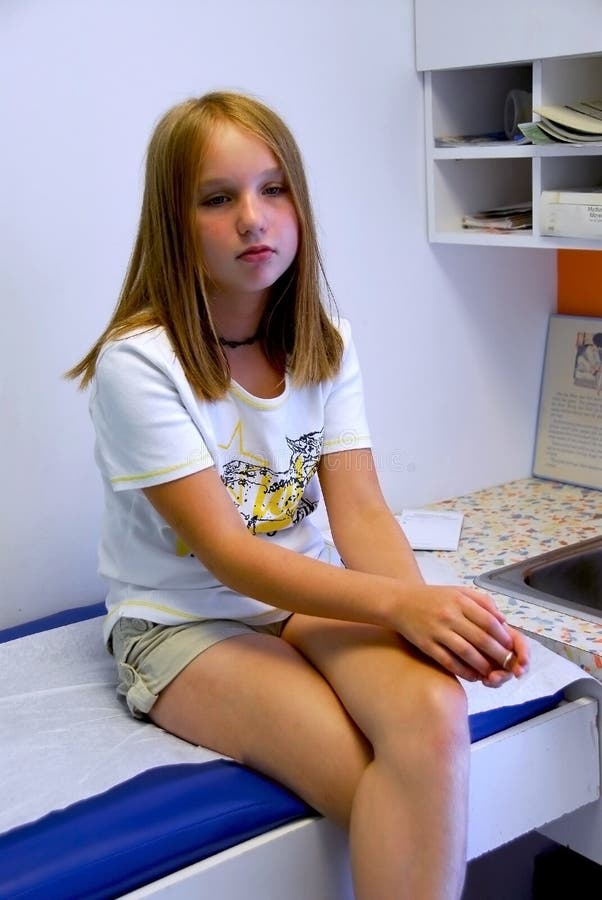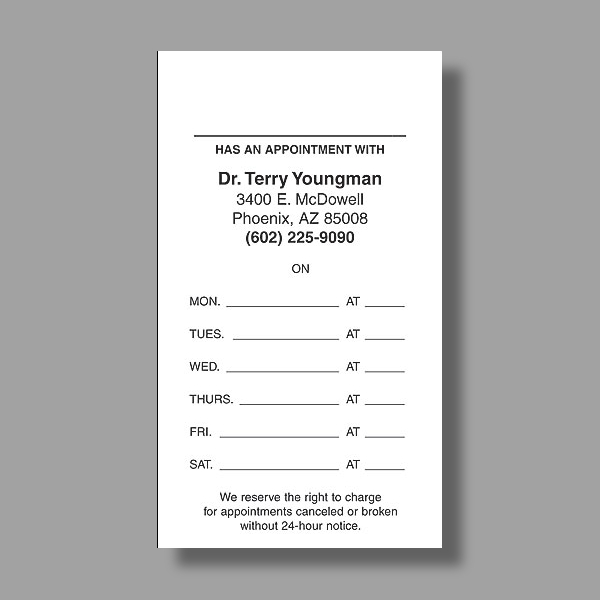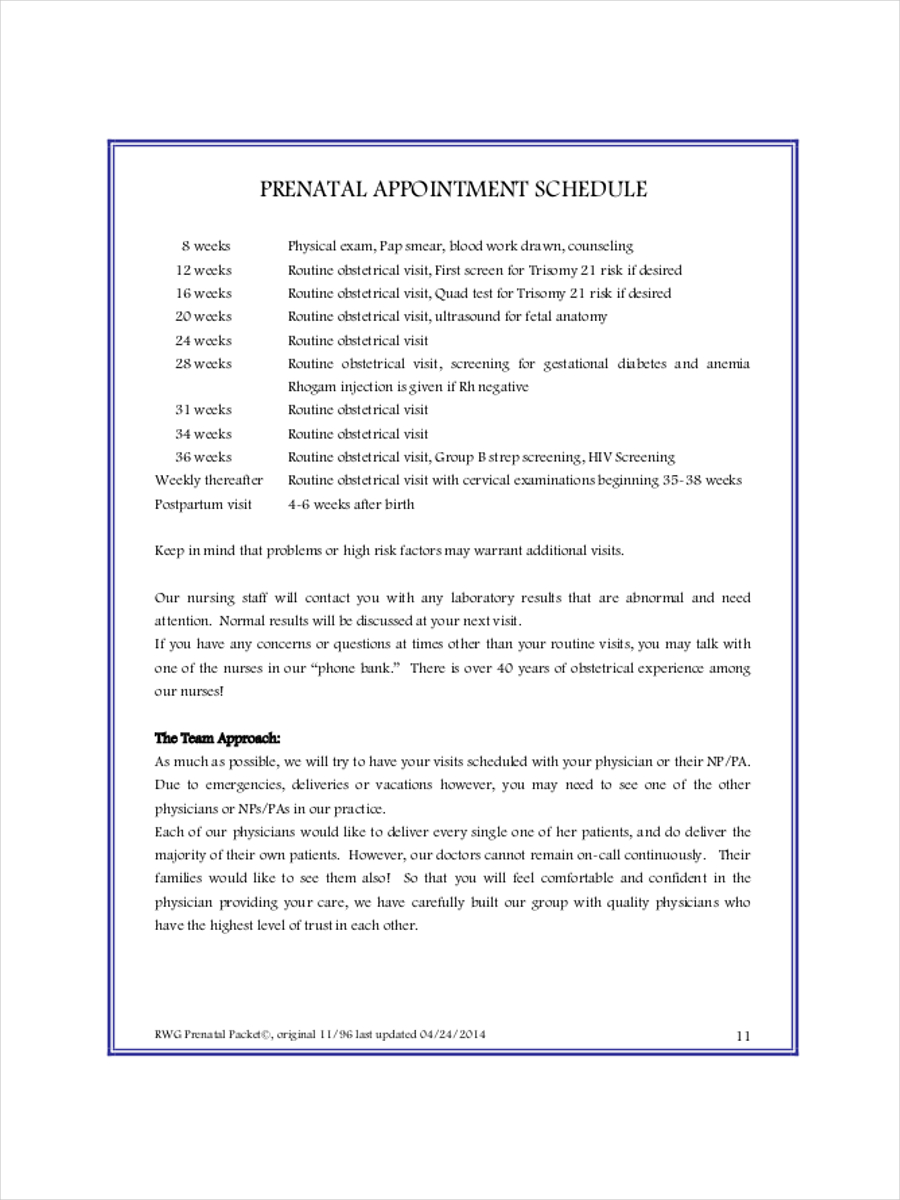There are several important limitations to this study. Only 12% of the patients who had an interpreter used the hospital interpreter, and the remainder used "ad hoc" interpreters such as family or hospital staff. Because the number of patients with a professional interpreter was too small to analyze separately, our findings cannot be generalized to settings that rely predominantly on professional interpreters.
We did not determine physicians' attitudes towards Spanish-speaking patients or their awareness of cross-cultural issues. Our methods may not have adequately adjusted for differences in the types of medical problems precipitating an emergency department visit for Spanish-speaking and English-speaking patients. We also do not know whether patients who did not receive referrals for follow-up appointments had worse health outcomes. In addition, this study was conducted at a single site, so we do not know the generalizability of our findings to other sites. Because we enrolled patients with nonurgent medical problems, our findings also may not be generalizable to more severely ill patients. As a consequence, they may think that arranging a follow-up appointment is futile.
There was no difference in appointment compliance according to race or ethnicity, language, or interpreter use. Finally, it is possible that the lower referral rate for these groups was due to more overt bias against Spanish-speaking patients. Although this study was conducted prior to passage of Proposition 187, the attitudes that allowed its passage were clearly dominant in the community at the time this study was conducted. These attitudes could have affected physicians' decision to arrange follow-up care. We did not obtain information regarding patients' citizenship because of the sensitive nature of this topic and our desire to follow patients over time.
Therefore, our study could not determine whether citizenship affected referral rates for follow-up appointments. It is also possible that the lower rate of referral for follow-up care was due to patient behaviors. When faced with communication problems, patients may be less willing to question physicians about the need for follow-up care or insist that such an appointment be arranged.
In these situations, referrals for follow-up appointments are routine, as shown by the high rate of referral for follow-up appointments in this study. Thus, it seems unlikely that patient attitudes and behaviors explain our findings. If your plan uses a PPO then you will have a list of "in-network" providers to choose from.
This list will include hospitals, urgent care clinics, specialists and family doctors, and can typically be found by visiting the insurance company's website or your insurance agent's website directly. Before you can find a doctor and make an appointment, you must first know what type of provider is appropriate for your situation. Inside the United States minor illnesses and injuries are taken care of by scheduling a doctor's appointment or by visiting a walk-in clinic. The emergency room is only utilized in instances of a true emergency, and will often include an additional fee.
HMO plans require that you have one primary care physician that you visit. Unless it's an emergency, this physician will need to issue you a referral if additional treatment is needed. To our knowledge, no study has investigated the effects of limited English proficiency or communicating through an interpreter on physician referral patterns. Previous studies have shown that Hispanic patients are treated differently from other patients.
We found no difference in care patterns between whites and native English-speaking Latinos or Latinos who spoke Spanish and said they communicated adequately with their physician without the aid of an interpreter. Those who left the emergency department without being seen by a physician, were hospitalized, or were triaged to another site for care were excluded from follow-up. A total of 1,997 patients were asked to be interviewed while waiting to be seen in the emergency department, and 1,680 (84.1%) agreed to participate and completed the intake interview. This left 836 patients eligible for the follow-up interview, and 727 (87.0%) were contacted and completed the interview. The median number of days elapsed between the emergency department visit and the interview was 7, and 90% of patients were interviewed within 11 days.
A total of 94% were contacted by telephone, and 6% had face-to-face interviews. Thirteen patients whose race was not black, white, or Latino were excluded, leaving 714 patients for this analysis. It was also somewhat surprising that there was no difference in compliance with follow-up appointments. However, there are important differences between that patient population and ours. Emergency department patients may have new symptoms that highly motivate them to complete their follow-up appointment.
Moreover, patients discharged from the emergency department will be seeing a different physician than the one that cared for them in the emergency department. There are several possible explanations for why patients who experienced language barriers were less likely to be given a referral for follow-up appointments. Physicians may have had less understanding of the full nature of patients' problems due to communication problems. Similarly, it is possible that when physicians are faced with language barriers, they are more likely to forget to refer the patient for follow-up because they are struggling with the other details of the care plan.
A physician may also need to call an interpreter back to explain follow-up appointments, and this could act as a psychological barrier for physicians to give referrals to patients with limited English proficiency. A total of 491 (68.8%) of the 714 patients were classified as language concordant ; 122 (17.1%) said an interpreter was used ; and 101 (14.1%) said an interpreter should have been used but was not . Of the language-concordant patients, 50.9% spoke English and 49.1% spoke Spanish. Patients' demographics, socioeconomic status, and diagnosis type are presented in Table 1) according to study group.
There were no differences in the final discharge diagnosis type across the 3 groups. Access English-speaking medical treatment in Spain with Turó Park. Choose from in-person visits at their Barcelona clinic or video consultations with the very best healthcare professionals offering a wide range of medical services. From dentistry and dermatology to check-ups and cardiology, find the treatment for you at Turó Park. For a minor illness, such as a cold, flu, fever, or a sore throat, you should visit a physician or an urgent care.
Before you visit a doctor's office, an appointment needs to be scheduled first. In many parts of the US, you just can't walk into the doctor's office and expect to be treated. Urgent care facilities are walk in clinics, but there may be a short wait, it's best to check before you go to shorten the time spent waiting. This audio clip is for a regular doctor who is probably covered under your insurance plan. They will usually have their own practice with their name listed on the building, and you won't normally visit them in a hospital. A lot of doctors are in residential areas or in small shopping strips, this isn't unusual.
Hospitals are for surgeries or something very serious, like going to the emergency room. Don't go to the emergency room if it is not very serious. However, some doctors aren't available some days for whatever reason.
If you're a new patient, you will need to have your insurance card ready to give the receptionist some information. First, all patients are given discharge instruction by a nurse who is fluent in Spanish. Thus, although there may have been large communication barriers between physicians and patients in these groups, the discharge instructions should have been communicated clearly to patients in their own language.
In addition, family members who are bilingual may serve as translators for discharge instructions. These factors may have counteracted the language barriers that were present during the medical examination. Language barriers may decrease the likelihood that a patient is given a follow-up appointment after an emergency department visit. However, patients who experienced language barriers were equally likely to comply with follow-up appointments.
Appointment compliance within clinics at Harbor–UCLA Medical Center was tracked using the hospital information system. If an initial appointment was missed but another appointment was scheduled and completed within 1 month of the original appointment date, credit was given for a completed appointment. A total of 5 patients (8%) had appointments documented in the chart but not in the hospital information system. Patients who are not given appointment dates at the time of discharge either receive notification in the mail of their appointment date or must call the clinic to schedule a time to be seen.
Any disagreements in coding between the 2 abstractors were resolved by discussion. It is worth bearing in mind that not all doctors will speak English, particularly if you are visiting a public health center. Some doctors may refuse to treat non-Spanish-speaking patients without an interpreter as they say it can double the diagnosis time. If you already have a primary care provider, you can see available appointment slots in Duke MyChart, then select a date and time for your next visit.
You can use this option to schedule well or sick visits. Sick visits may be available for the same or next day. Watch this video for step-by-step instructions on how to schedule an appointment with a primary care provider in Duke MyChart.
You can also call the clinic directly to schedule an appointment. On the basis of patients' native language and responses to the 2 questions about interpreters in the follow-up interview, we created 3 groups. Group 2 consisted of native Spanish-speaking Latinos who communicated with their provider in Spanish through an interpreter. The hospital interpreter was used for only 12% of patients; the remainder used family members or hospital staff as ad hoc interpreters.
Group 3 consisted of native Spanish-speaking Latinos who said an interpreter was not used but thought an interpreter should have been used. This study was conducted at Harbor–UCLA Medical Center, a 500-bed public hospital in Torrance, Calif, operated by the Los Angeles County Department of Health Services. The study design and contact forms were approved by the Human Investigations Committee. Approximately 40% of patients presenting for care at the hospital speak Spanish as their native language. Although the majority of healthcare is state-funded, there are still many private doctors in Spain.
Typically, private practices have shorter waiting times for appointments. You are also more likely to find English-speaking doctors if you go private. After you register with your local health center or doctor, you will receive a SIP health card. Make sure to carry this with you as you will need to show it whenever you access state healthcare services or treatments. This will ensure that you will not be charged any fees for going to the doctor in Spain or visiting a Spanish hospital. Duke urgent care centers are open 7 days a week, 365 days a year to provide care for non-life-threatening illnesses and injuries that can't or shouldn't wait until your primary care doctor's office opens.
View wait times at our urgent centers, select your preferred location, then click the "Reserve Your Spot" button to choose from available time slots. Native Spanish-speaking patients were asked whether an interpreter was used and whether they thought an interpreter should have been used if one was not used. If an interpreter was used, we asked who the interpreter was (i.e., family member, friend, doctor, nurse, other hospital employee, or hospital interpreter). " If the answer was "yes," respondents were asked, "Where are you supposed to have a follow-up appointment? Even small villages will have a doctor or nurses, although they may only be available on specific days. Children going to the doctor in Spain will see a pediatrician until age 15.
Call your doctor's office to schedule an appointment now. Many primary and specialty care clinics offer same day or next day appointments. Unfortunately, we can only give you advice on our health insurance plans. If you need to make a doctor's appointment, we recommend that you contact your health insurance provider directly for assistance.
To determine whether patients who encountered language barriers during an emergency department visit were less likely to be referred for a follow-up appointment and less likely to complete a recommended appointment. As Spain has world-class medical care, you will be able to see almost any specialist you need. To see a specialist in Spain, you will need a referral from your doctor. With private insurance, you may be able to visit a specialist clinic directly, as long as the clinic is approved by your insurance company. We welcome new patients and accept more than 50 health insurance plans, including Aetna, Blue Cross Blue Shield, Cigna, and UnitedHealthcare.
Go tokelsey-seybold.com/insurance for the complete list of health plans accepted by Kelsey-Seybold. Duke MyChart is a secure website through which you can see portions of your medical record, schedule appointments, pay your bills, and send a message to your doctor's office when you have nonurgent medical needs. Learn more about the benefits, watch videos, and read FAQs. The associations between patient characteristics and study outcomes were determined using χ2tests. Logistic regression was used to determine the independent association between study group and outcomes after adjustment for covariates. Covariates were included in final logistic regression models if their P value was .10 or less.
A P value of .05 or less (2-tailed test) was used to determine final statistical significance. In larger health centers where there are several doctors working together, it may not be possible to see the same doctor every time. However, in some centers, you may be able to book an appointment with the same doctor for continuing treatment for a specific health issue, if you wish. Children, those studying, unemployed, or retired are also entitled to free healthcare, either through the Spanish state or your home country. The social security office – Instituto National de la Seguridad Social – can provide more information.
In addition, for those who have been registered in Spain for over a year, but are not entitled to cover, you may be able to join the pay-in health insurance scheme called the Convenio Especial. However, with both private and state services widely available, finding the right doctors in Spain can be tricky. This guide will help you get to know the Spanish healthcare system so you can register with a doctor in no time. The correlations between consultation times and outcomes may become increasingly important as the industrialized countries' populations age, said Robin Osborn of the Commonwealth Fund in New York City.
The health information contained on this website is for educational purposes only and does not constitute medical advice or a guaranty of treatment, outcome, or cure. Please consult with your healthcare provider for specific medical advice. This information is not intended to create a physician-patient relationship between Kelsey-Seybold Clinic or any physician and the reader. Generally, when going to a doctor's office and mentioning that the patient is an international student, that should be enough to make an appointment!
If the student has a sponsor or guardian, they could also help with setting up a doctor's appointment on their behalf. Hi, I have just been in the US for less than a month, and I am not familiar with the process get a primary care physician. My question is if I can only appoint one physician as my PCP?





























No comments:
Post a Comment
Note: Only a member of this blog may post a comment.